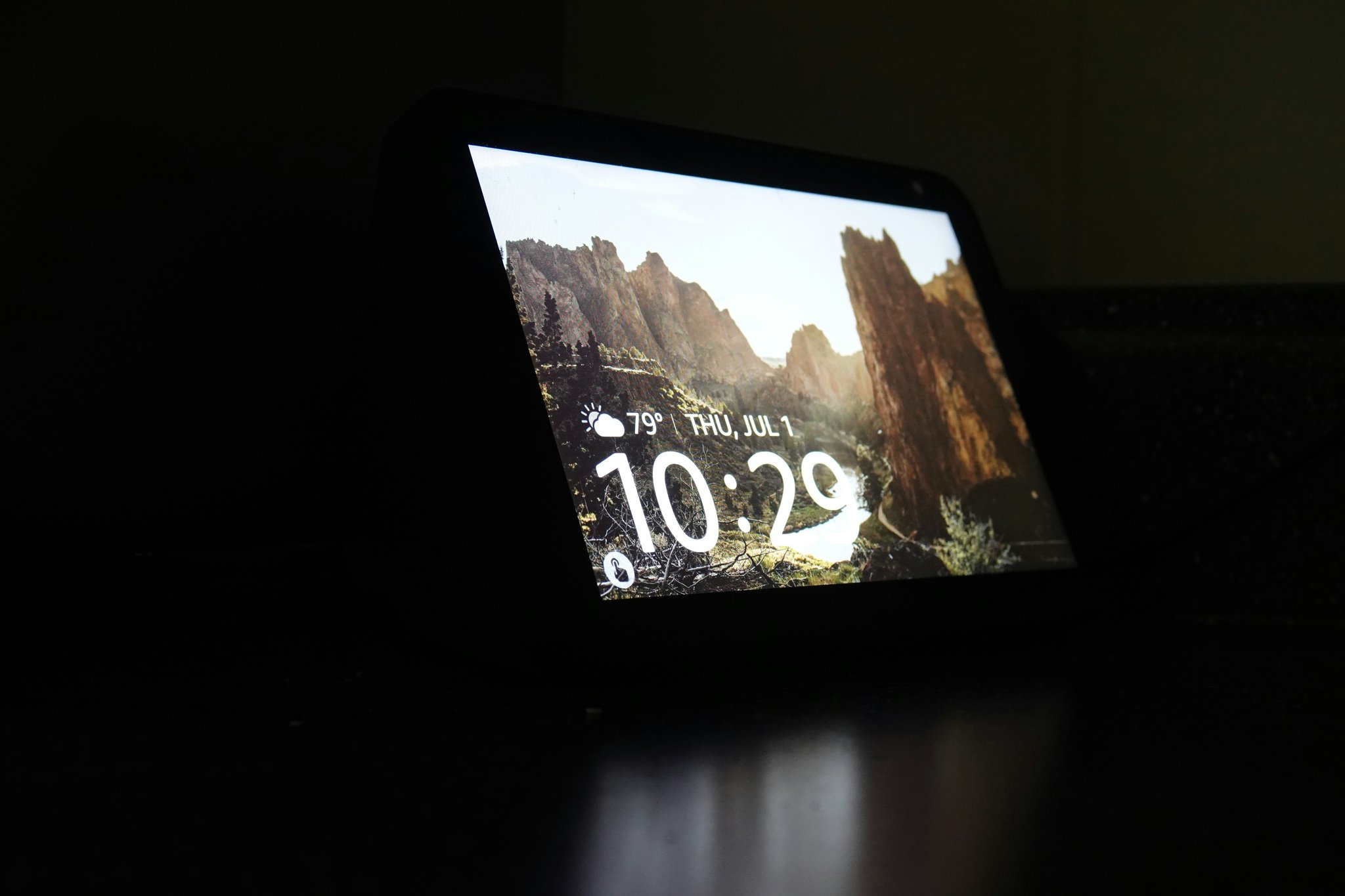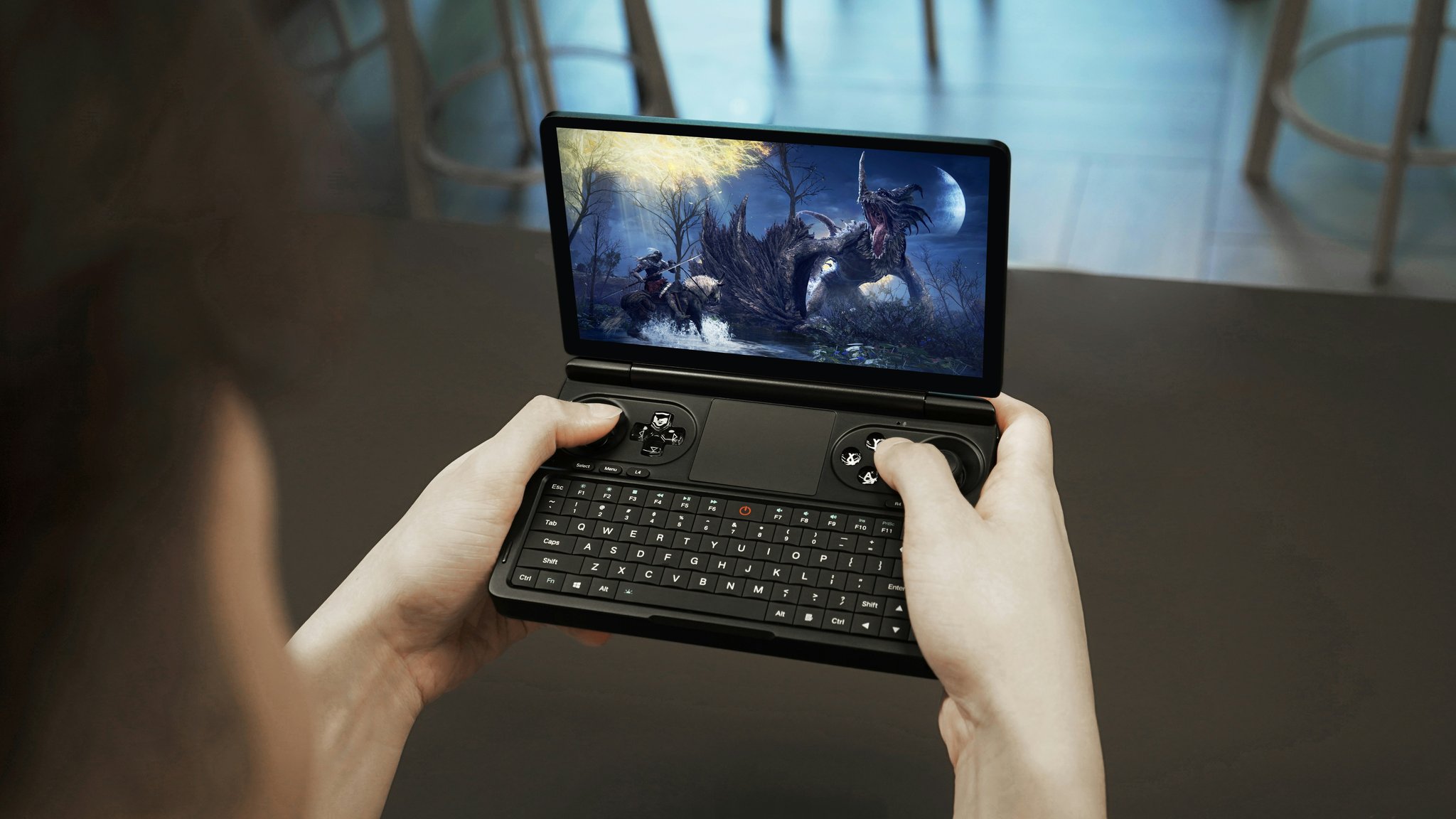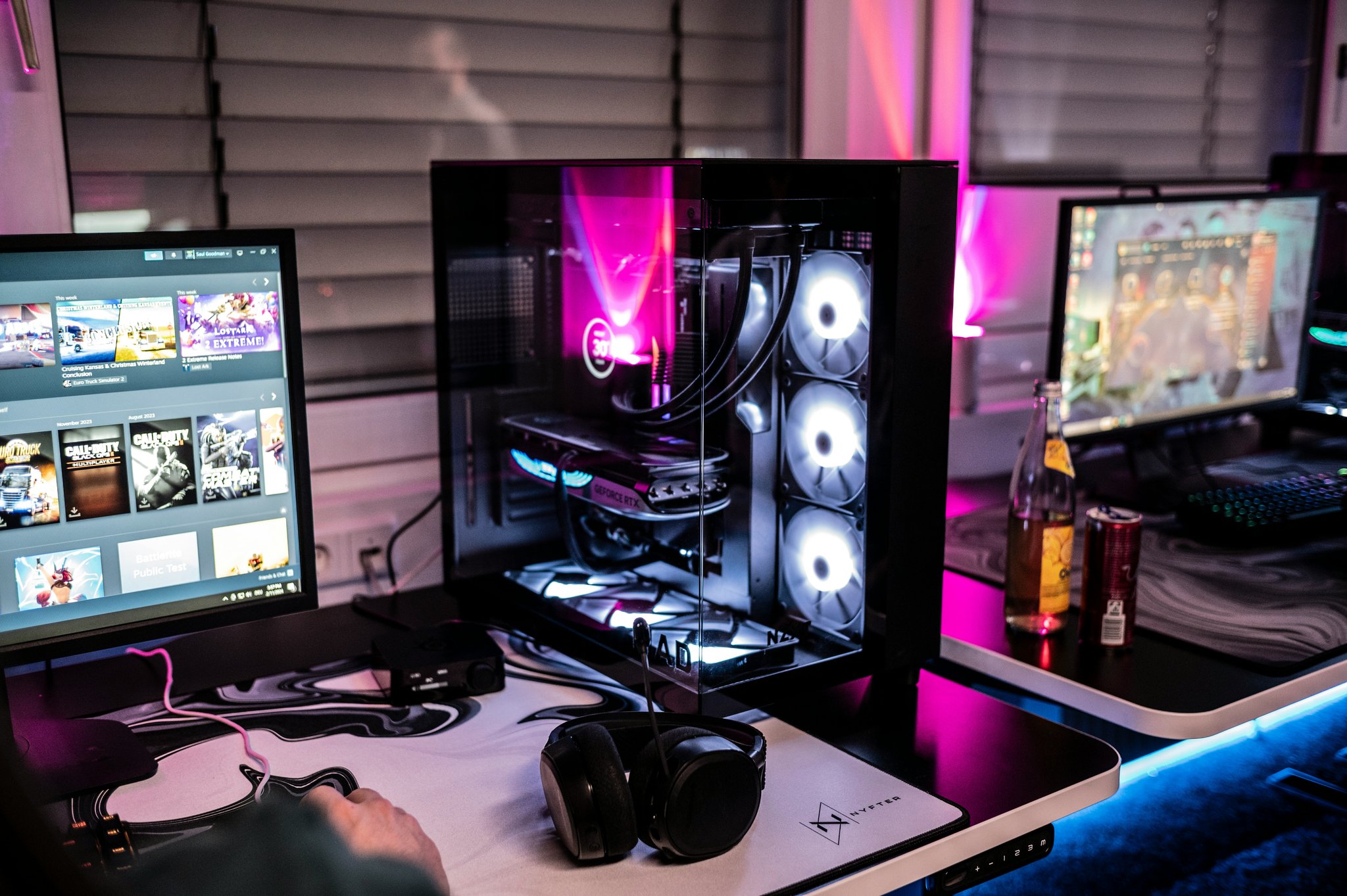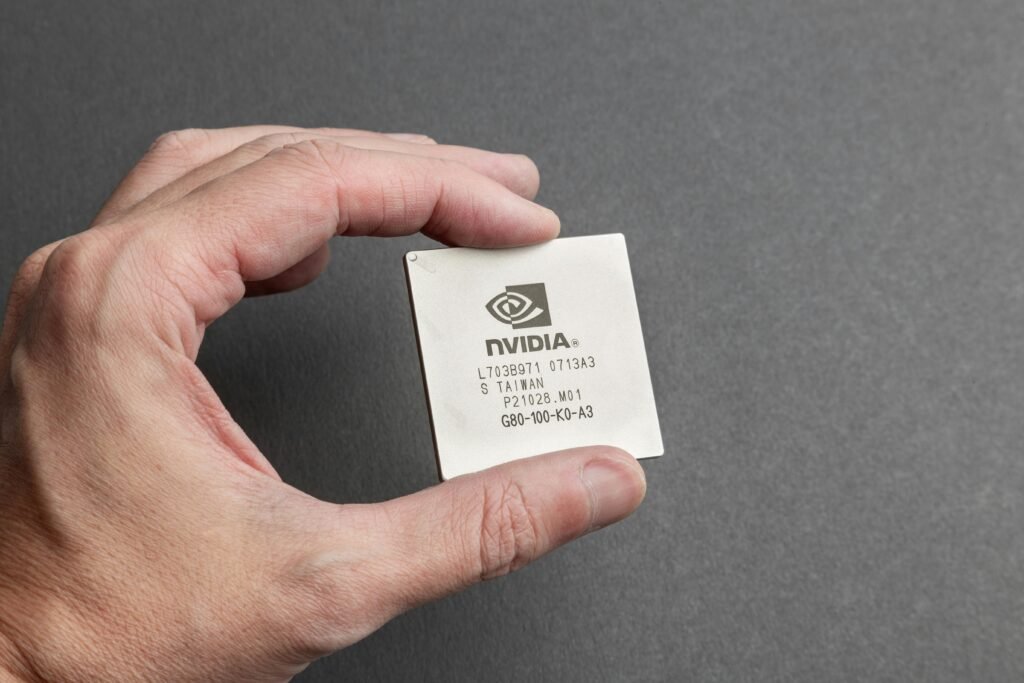Ever squinted at your tablet screen mid-gaming session, only to realize the colors looked off or the motion felt choppy? Yeah, that’s the display tech playing tricks on you.
Choosing between IPS and OLED displays for gaming tablets is like deciding between pizza and sushi—both are great, but they cater to entirely different cravings. But here’s the kicker: picking the wrong one can ruin your experience faster than a lag spike in an online match.
In this guide, you’ll discover:
- The difference between IPS and OLED screens
- Why gamers care (hint: it’s not just about looks)
- Actionable steps to decide which technology suits your playstyle
Table of Contents
- Key Takeaways
- Problem Background: Why Display Tech Matters
- Step-by-Step Guide: Picking Your Screen Tech
- Tips & Best Practices for Gaming Tablets
- Real-World Examples: Gamers Who Chose Wisely
- Frequently Asked Questions About IPS vs OLED for Gaming
Key Takeaways
- IPS panels offer wide viewing angles and consistent color reproduction.
- OLED screens provide deeper blacks and vibrant colors, ideal for cinematic games.
- Response time and refresh rates vary by model—not all IPS or OLED screens are created equal.
- Your choice depends on whether visuals or performance matter more to you.
Problem Background: Why Display Tech Matters
Gaming isn’t just about tapping buttons anymore—it’s an immersive visual experience. And trust me, I’ve made the rookie mistake of buying based on price alone. A few years back, I snagged a budget IPS tablet thinking “Hey, how bad could it be?” Spoiler alert: terrible glare, washed-out colors, and no depth during darker scenes. It was like watching Netflix through frosted glass.

A side-by-side diagram showing how IPS and OLED pixels differ.
Here’s the deal breaker: display tech impacts everything—from frame clarity during fast-paced FPS games to immersive storytelling in RPGs. That’s why understanding IPS vs OLED is critical if you don’t want to end up with buyer’s remorse.
Optimist You:
“Just pick OLED! Everyone loves OLED!”
Grumpy Me:
“Ugh, unless you hate battery life and need better outdoor visibility. This stuff ain’t so black-and-white.”
Step-by-Step Guide: Picking Your Screen Tech
Alright, enough preamble. Let’s dive into the nitty-gritty.
Step 1: Understand How Each Tech Works
First things first:
- IPS (In-Plane Switching): Think of these as the reliable workhorse of displays. They excel in brightness uniformity and wide viewing angles. Great if you’re multiplayer-couch-gaming with friends.
- OLED (Organic Light-Emitting Diode): Imagine neon lights meets art gallery. OLED pixels emit their own light, making them perfect for dark environments where contrast really pops.
Step 2: Consider Gaming Genres
Different genres demand different priorities:
- For high-speed shooters? Favor low response times and high refresh rates over fancy colors—and IPS might edge out here.
- Into story-heavy adventures or JRPGs? OLED’s stellar contrast ratio will make every cutscene pop like IMAX.

An infographic pairing game genres with optimal display types.
Step 3: Evaluate Practical Factors
This part gets real:
- Battery Life: OLEDs sip power differently because individual pixels turn off when black. Sounds cool, right? Until you drain it streaming bright YouTube videos.
- Outdoor Use: Ever try reading outdoors under direct sunlight? IPS shines (literally). OLED struggles due to reflective surfaces.
Tips & Best Practices for Gaming Tablets
- Don’t Fall for Marketing Hype Alone: Buzzwords like “HDR-ready” mean nothing without context. Always check specs beyond the box.
- Prioritize Refresh Rate Over Resolution: Here’s my rant corner: Too many people chase 4K resolution without realizing most mobile GPUs struggle above 60Hz. Look for 90Hz+ options instead.
- Test Before Buying: Stores exist for a reason! Don’t blindly shop online.
Real-World Examples: Gamers Who Chose Wisely
Let’s talk real-world wins:
- Sarah K., MOBA Enthusiast: Bought an iPad Pro with Liquid Retina XDR (mini-LED/OLED hybrid) and swears she’ll never go back. “Team fights feel cinematic,” she says.
- Mark T., Retro Collector: Stuck with his old Samsung Galaxy Tab S7 FE (IPS display) for retro emulation. “Colors stay true even from weird angles.”

Happy customers enjoying their gaming tablets—one with an OLED screen, another with an IPS panel.
Frequently Asked Questions About IPS vs OLED for Gaming
Q: What’s the lifespan of OLED vs IPS?
A: OLEDs dim slightly over years, especially with static images. IPS holds steady longer.
Q: Can I use either for productivity too?
A: Absolutely! But OLED excels in creative tasks like photo editing thanks to its deep blacks and accurate colors.
Q: Is there a “best of both worlds” option?
A: Yes! Some newer tablets use mini-LED or quantum dot tech to bridge gaps. Keep an eye on innovations!
Conclusion
Choosing between IPS and OLED boils down to personal preference and intended usage. Need sharpness and consistency? Go IPS. Craving Hollywood-level immersion? Opt for OLED.
Remember, the best gaming tablet is the one that makes *your* sessions epic—not mine or anyone else’s.
And now, some poetic wisdom:
Pixels glow, colors flow, Both have pros, consider slow. Game well played, joy untold, Pick your screen, let fun unfold.


